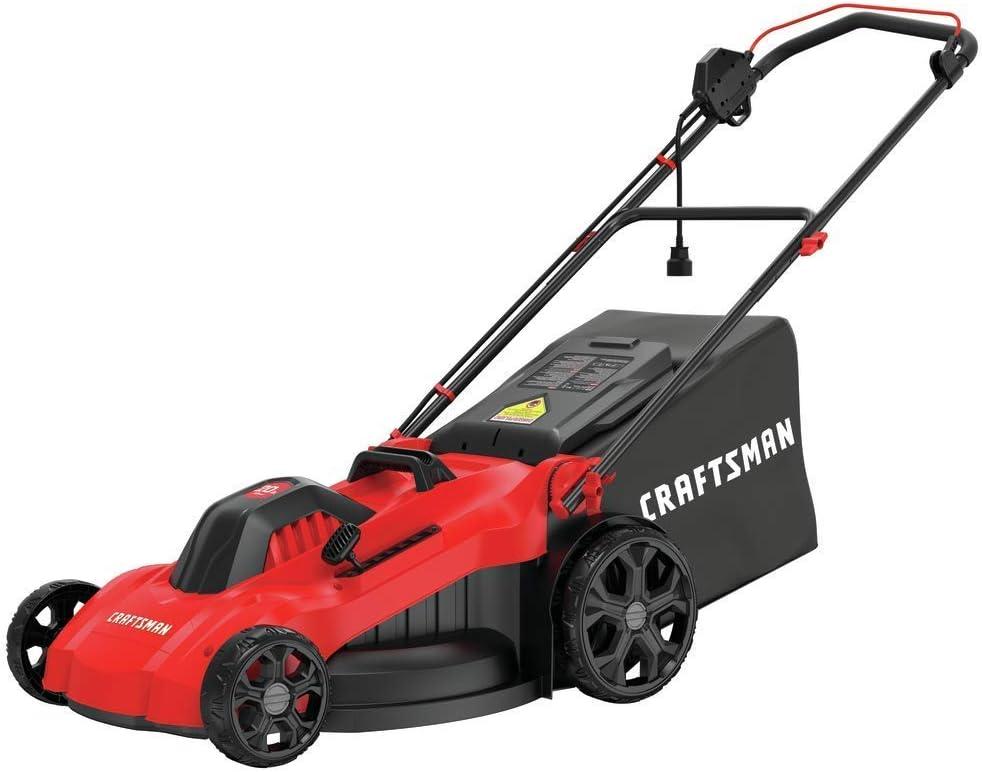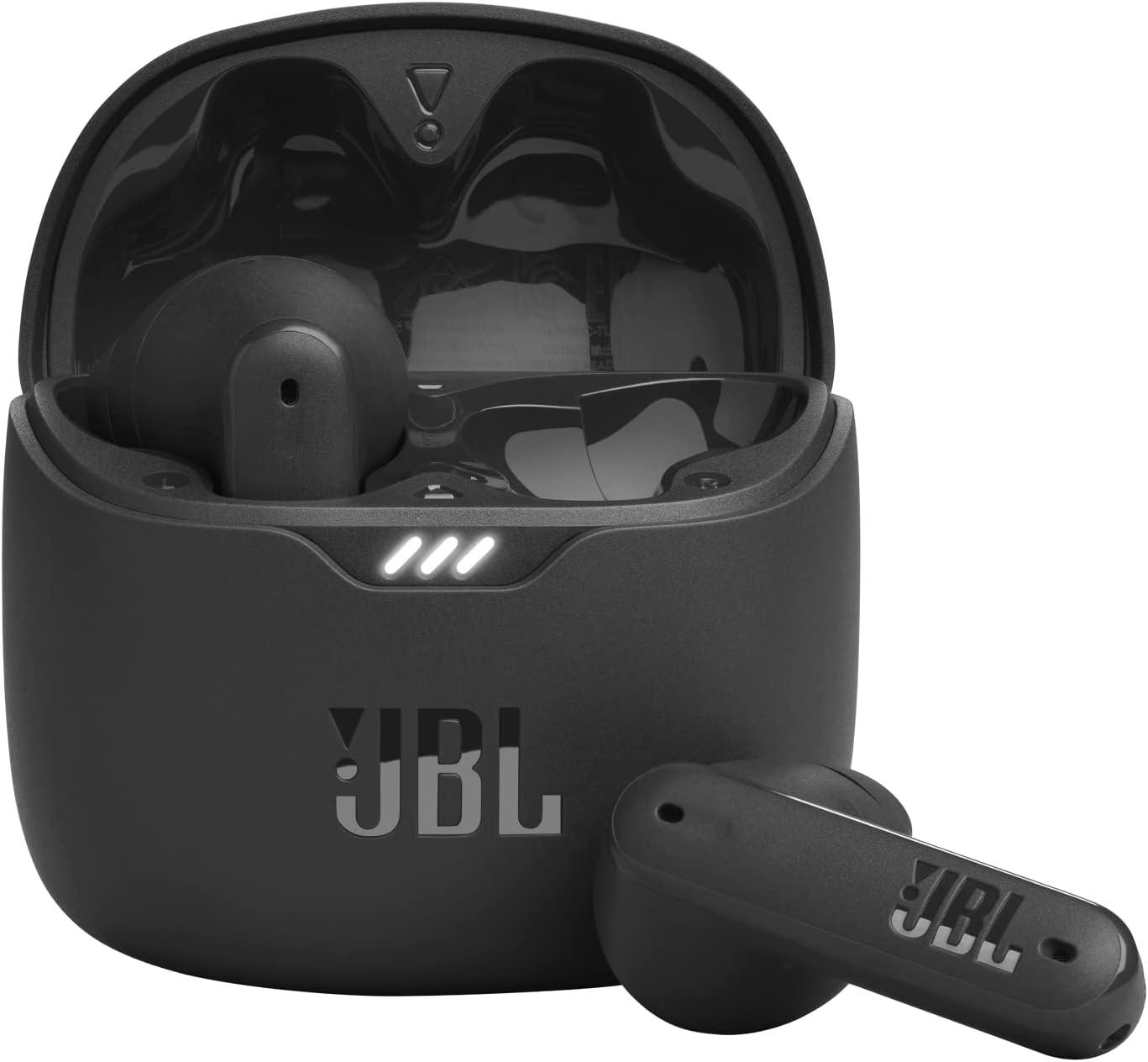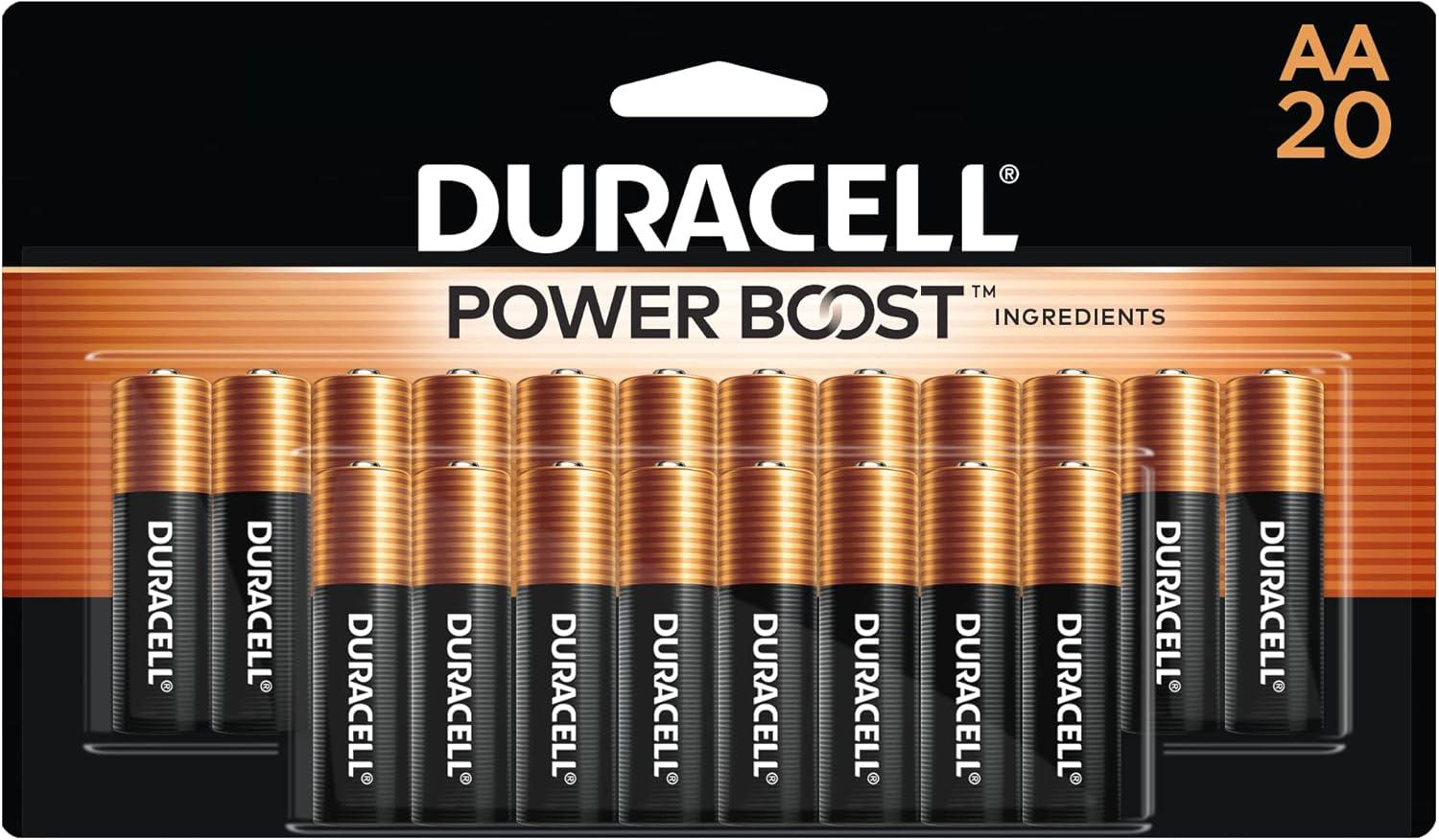As the sun climbs higher, our wrists have never felt more demanding. In this Smartwatch Showdown, we pit two game-changing features against the heat: solar charging and health tracking. Solar tech promises endless...
We put Fit for Life to the test alongside , curious about how its flexibility stacks up against the latter's battery life. Spoiler: it's not a straightforward comparison. While boasts impressive endurance,...
Surprising Battery Life: Cordless Lawn Mowers Compared for Eco-Friendly Efficiency In the ever-evolving world of lawn care, the debate between corded and cordless tools has taken on new urgency as sustainability becomes a priority. While traditional corded mowers like the American Lawn Mower Company 50514 and LawnMaster MEB1114K still dominate with their consistent power and reliability, the rise of cordless models such as the Litheli 20V and Greenworks 48V challenges assumptions about efficiency. These battery-powered marvels, with their sleek designs and variable heights, offer a glimpse into the future of eco-conscious gardening. Take the Litheli Cordless Lawn Mower, for instance: its 4.0Ah battery promises hours of runtime, paired with a lightweight build that makes it feel less like a tractor and more like a nimble companion. Meanwhile, the Greenworks 48V leaps ahead with dual 4.0Ah batteries and a rapid charger, suggesting that portability and power can coexist. Even the CRAFTSMAN CMEMW213 and LawnMaster ME1218X-which rely on cords-carry their own eco-credentials, with higher amp ratings (13Ah vs. 12AMP) and larger cutting decks that reduce the frequency of passes. What's surprising? Not all cordless mowers are equal. While some, like the Litheli, balance compactness with adequate runtime, others, such as the Greenworks, redefine the concept of "battery life" by doubling down on capacity. The contrast reveals a bigger story: eco-friendly efficiency isn't just about reducing emissions-it's about rethinking how we power our tools, and perhaps, how we tend to the earth.
In the ever-evolving world of tech, we're often torn between cutting-edge features and practical performance. Our latest comparison pits Creative's HDR display against Neutral's 60-hour battery life, revealing a surprising dichotomy. While Creative's...
JBL Tune Flex Showdown: Noise-Canceling & Small Size Tested for Travel We put the JBL Tune Flex to the test on multiple travel adventures, from packed airplanes to bustling train stations. Their compact, pocket-friendly design makes them ideal for on-the-go use, and we were impressed by how seamlessly they fit into our daily routines. The noise-canceling feature performed reliably, offering a comfortable "soundproof bubble" during long journeys-though not entirely eliminating the hum of turbulence or nearby chatter. For music lovers, the audio quality was crisp and immersive, with balanced bass and clear highs that kept us entertained. Battery life lasted 12 hours, which we found adequate for most trips, and the touch controls were intuitive. While they aren't the most discreet or sporty option, their blend of functionality and style suits travelers who prioritize ease and performance. Overall, they're a solid choice for those seeking reliable noise cancellation without sacrificing portability.
We've tested two standout wireless earbuds in 2024: one designed with bold, creative flair and the other prioritizing understated neutrality. What surprised us most was their performance in battery life and noise cancellation,...
EBL Rechargeable Battery Showdown: 500 Cycles vs. 12 Years Lifespan In the silent war between energy efficiency and longevity, rechargeable batteries have become the ultimate players. Today's showdown pits the EBL AA/AAA Ni-MH batteries (8-pack, 2300mAh/1100mAh) with their 500-cycle lifespan against the Eneloop Panasonic BK-3MCCA10FA AA batteries, which boast an astonishing 2100 cycles, all while offering a pre-charged, ready-to-go 10-battery pack. But this isn't just a duel of numbers-it's a test of use cases, cost-effectiveness, and the quiet innovation that defines each contender. The EBL set is a practical choice for everyday users, blending affordability with a charger that doubles as a multitasking hero. Its 2 USB ports let you recharge AA and AAA batteries simultaneously, turning a chore into a streamlined routine. Yet, with only 500 cycles, these batteries might require more frequent replacement, making them ideal for low-drain devices or those who value convenience over long-term investment. Eneloop, on the other hand, thrives on endurance. Touted for its 2100 cycles, these Ni-MH batteries are engineered for frequent use, from remote controls to smart devices. Their pre-charged design eliminates the need for an initial charge, saving time and energy. However, their shelf life-though impressive-doesn't quite match the 12-year promise of Duracell Coppertop's alkaline batteries, a stark reminder that not all lifespans are measured in charges. Energizer Power Plus Rechargeable AA batteries (8-pack) carve their own niche, offering a balance between performance and durability. While they may not rival Eneloop's cycle count or Duracell's shelf life, their reliability in high-drain gadgets makes them a staple for tech enthusiasts. Their story is one of steady, dependable power rather than extremes. Duracell Coppertop's 20-count pack, with its 12-year lifespan, is a beacon for those who need batteries to sit idle yet still deliver when called upon. Alkaline chemistry grants them a longer shelf life, but their performance as rechargeables is limited. This makes them perfect for emergency kits or low-usage devices, where reliability isn't about recharging but about readiness. So, which reigns supreme? The answer lies in your priorities. For uninterrupted power, Eneloop's cycles shine. For flexibility, EBL's charger offers a modern convenience. And for timelessness, Duracell's shelf life is a fortress of resilience. It's a tale of compromise and innovation-each battery a character in the story of energy storage, waiting for your choice to write the next chapter.
We found ourselves torn between two standout devices as we delved into their offerings: the smartwatch boasting AI-driven health analysis and the fitness tracker promising 24-hour battery life. While the smartwatch's ability to...
Soundcore Anker Life Q30 vs Q20: BassBoosted Surprising Insight on ANC & 70H Playtime In the realm of wireless audio, Soundcore Anker has long been a favorite for blending sleek design with robust performance, but its latest offerings-specifically the Life Q30 and Q20-push the boundaries of what listeners expect. While both models promise immersive soundscapes and noise-canceling magic, their differences reveal a nuanced battle for your ears. The Life Q20 steps into the spotlight with a bold claim: 70 hours of playtime. That's a staggering figure, especially when compared to the Q30's 50-hour battery life, making the Q20 the clear winner for users who crave all-day listening without the clunky charging routine. Yet, the Q30 doesn't back down; its multiple modes (like adaptive ANC, ambient sound, and deep bass) cater to dynamic lifestyles, offering versatility that the Q20's single, extended battery might lack. Noise cancellation is where both models shine, but their approaches differ. The Q20's Hybrid Active Noise Cancelling delivers a clean, serene experience, ideal for long commutes or late-night study sessions. Meanwhile, the Q30's ANC technology is more refined, with exacting sensitivity to ambient sounds and a focus on customizable bass profiles. Whether you're deep in a podcast or vibing to your favorite track, both models lock out distractions, though the Q30's adaptive modes add an extra layer of control. Comfort, however, becomes a subtle battleground. The Q20's memory foam ear cups and ergonomic ear cushions promise a plush, travel-ready fit, while the Q30's comfort fit ear cups are designed for office hours or quick calls. Both prioritize prolonged wear, but the Q20's design feels more universally accommodating, especially for those who swap between home, travel, and work. 音频定制是两者共同的亮点。通过配套App,Q30 和 Q20 都允许用户微调 EQ 设置,打造专属音效。然而,Q30 的 App 还能提供 Hi-Res Sound 的精准优化,让细节在耳边绽开;而 Q20 则更注重 深沉低音 的自然融合,适合喜欢重低音体验的用户。 充电方式同样引发思考。Q20 采用 USB-C 接口,不仅让充电更高效,还符合现代电子设备的潮流。Q30 虽未明确说明充电细节,但其无线连接的稳定性(支持 Multipoint Connection)暗示了设计上的灵活考量。 Ultimately, the Q20's extended battery life is a revelation-70 hours of non-stop music is a feat that challenges even the most dedicated audiophiles. Yet, the Q30's adaptive features and immersive modes reveal a different kind of expertise: a balance between power and precision. For the traveler seeking uninterrupted play, the Q20 might be the hero. For the multitasker who needs soundscapes to shift with their day, the Q30 holds its own. This comparison isn't just about stats-it's about understanding what matters most. Whether you're chasing longevity, versatility, or the perfect bass balance, Soundcore Anker's Q30 and Q20 offer distinct pathways to elevate your listening experience.
Electric Toothbrushes vs Manual: 4-Week Battery Tested In the quiet hum of a four-week experiment, three electric toothbrushes emerged as contenders for the title of "reliable companion." The Aquasonic Black Series Ultra Whitening promised an 8-head arsenal, a sleek travel case, and a powerhouse 40,000 VPM motor, its wireless charging feature a beacon of convenience. Meanwhile, the Philips Sonicare 4100 boasted a standout 14-day battery life-a figure that seemed almost prophetic in a test stretching to 28 days-paired with a pressure sensor and QuadPacer to ensure precision. The Oral-B Pro 1000, a classic in the electric realm, offered simplicity with its steadfast design, though its battery performance lingered in the shadows of its counterparts. The test revealed a stark contrast: while the Philips required a few recharges to survive the duration, the Aquasonic's wireless charging proved an ally, reducing the need for frequent plug-ins. The Oral-B, though less flashy, held its own with consistent performance. Manual toothbrushes, by contrast, were left to their own devices, their batteries-none, actually-emphasizing the electric models' edge in convenience. Yet, the real story wasn't just about power; it was about the balance of technology, user experience, and the quiet triumph of innovation over tradition.

![Tested: Fit for Life's Flexibility vs. [Product]'s Battery - Surprising Fitness Insight for 2025 Buyers?](https://wp.vanke.cc/wwwback/aarantv/2025/08/8950-tested-fit-for-lifes-flexibility-vs-products-battery-surprising-fitness-insight-for-2025-buyers.jpg)




